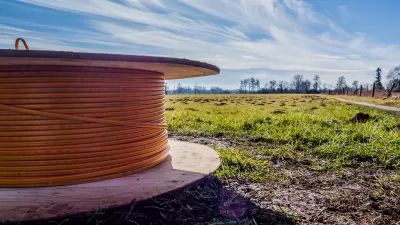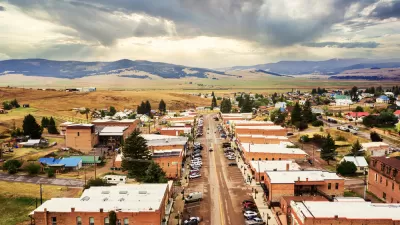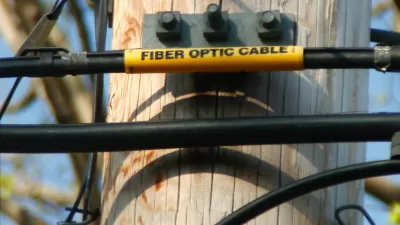The program supports efforts to improve internet connectivity in remote and rural areas.

The Biden administration released details on how funds for broadband infrastructure will be distributed to states under the Broadband Equity, Access, and Deployment (BEAD) program, reports Brian Fung for CNN. “More than $42 billion from the 2021 bipartisan infrastructure law will be distributed to US states and territories for building internet access, the White House said — with Texas eligible for the largest award of more than $3.3 billion, followed by California, which could receive more than $1.8 billion.”
The funding, which includes all U.S. states and territories, is aimed at bridging the ‘digital divide’ that persists in much of rural America, where high-speed internet access remains expensive and often inaccessible.
Maps created by the Federal Communications (FCC) indicate that “7% of US households and businesses, representing 8.5 million physical locations and tens of millions of individual Americans, do not have broadband internet access, which is defined as internet download speeds of at least 25 megabits per second.”
The program “complements another $23 billion across five separate broadband access programs included in the legislation, such as a program specifically aimed at Tribal connectivity and another for low-income households,” as well as a $25 billion broadband investment from the American Rescue Plan.
FULL STORY: Here’s how much each state will get in Biden administration’s $42.5 billion broadband infrastructure plan

Rethinking Redlining
For decades we have blamed 100-year-old maps for the patterns of spatial racial inequity that persist in American cities today. An esteemed researcher says: we’ve got it all wrong.

Montreal Mall to Become 6,000 Housing Units
Place Versailles will be transformed into a mixed-use complex over the next 25 years.

Planetizen Federal Action Tracker
A weekly monitor of how Trump’s orders and actions are impacting planners and planning in America.

Santa Clara County Dedicates Over $28M to Affordable Housing
The county is funding over 600 new affordable housing units via revenue from a 2016 bond measure.

Why a Failed ‘Smart City’ Is Still Relevant
A Google-backed proposal to turn an underused section of Toronto waterfront into a tech hub holds relevant lessons about privacy and data.

When Sears Pioneered Modular Housing
Kit homes sold in catalogs like Sears and Montgomery Ward made homeownership affordable for midcentury Americans.
Urban Design for Planners 1: Software Tools
This six-course series explores essential urban design concepts using open source software and equips planners with the tools they need to participate fully in the urban design process.
Planning for Universal Design
Learn the tools for implementing Universal Design in planning regulations.
City of Camden Redevelopment Agency
City of Astoria
Transportation Research & Education Center (TREC) at Portland State University
Regional Transportation Commission of Southern Nevada
Toledo-Lucas County Plan Commissions





























